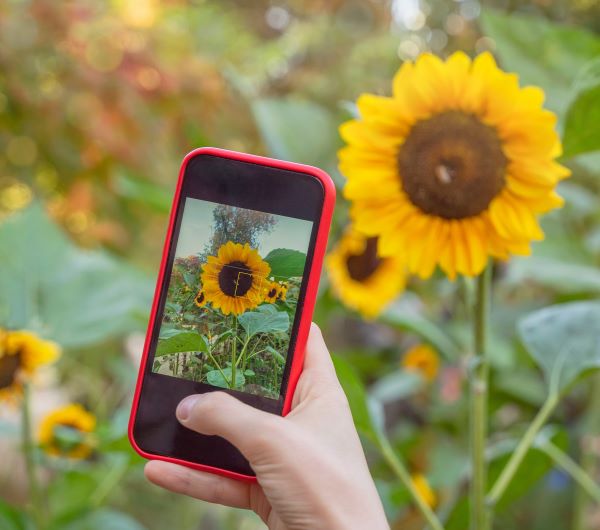When my first e-booklet on composition was released, I promised another would follow. As I mentioned at the time, a single, thirty-page booklet could not possibly cover all that had to be said about such a comprehensive subject.
The first booklet addressed the fundamentals of composition whereas the second delves deeper into more complex subjects such as gathering specimens, deciding what to include (or exclude), and simplifying complexity for eye-catching results.
One aspect common to both booklets is the sourcing of information for constructing your composition. I remain firm that great botanical art compositions are not created through a camera lens.
You absolutely need to be in direct contact with your subject to fully understand and ultimately interpret it in your own unique way. It requires research, intense observation, and an ability to see a composition in your mind’s eye. Then working with your actual drawn content, arrange the elements effectively. You need to free your creativity while allowing the plant’s natural postures and structures to guide the process. Expect to be challenged, and expect it to take time. The best ones always do, but they also deliver a high degree of satisfaction.
I take digital images for the limited purposes of capturing lighting and details of parts that fade and die rapidly. But do I expect Mother Nature to deliver a composition that I can capture in a digital image frame? No, never.
An acknowledged composition genius in this genre is the late Pandora Sellars. In the twelve years I knew her and spent time with her, I never once saw her working from photographs. “Photographs,” because she never owned a digital camera. She did not embrace nor did she need to embrace the digital era. She simply did not entertain the idea of creating compositions in the absence of the plant. Think about that for a moment. Then think about the botanical artists (including instructors) you know who can’t create a composition without a digital image nowadays.
I am not suggesting that, for example, Leonardo da Vinci would have been able to resist a digital camera— especially for light capture—however, he and others of his era managed to achieve what they did and develop signature styles entirely without digital technology. So, develop your own signature style and create your own exciting compositions learning from those who knew how to do it without a digital image.
A successful composition needs much more than a camera’s capabilities—it needs you.

